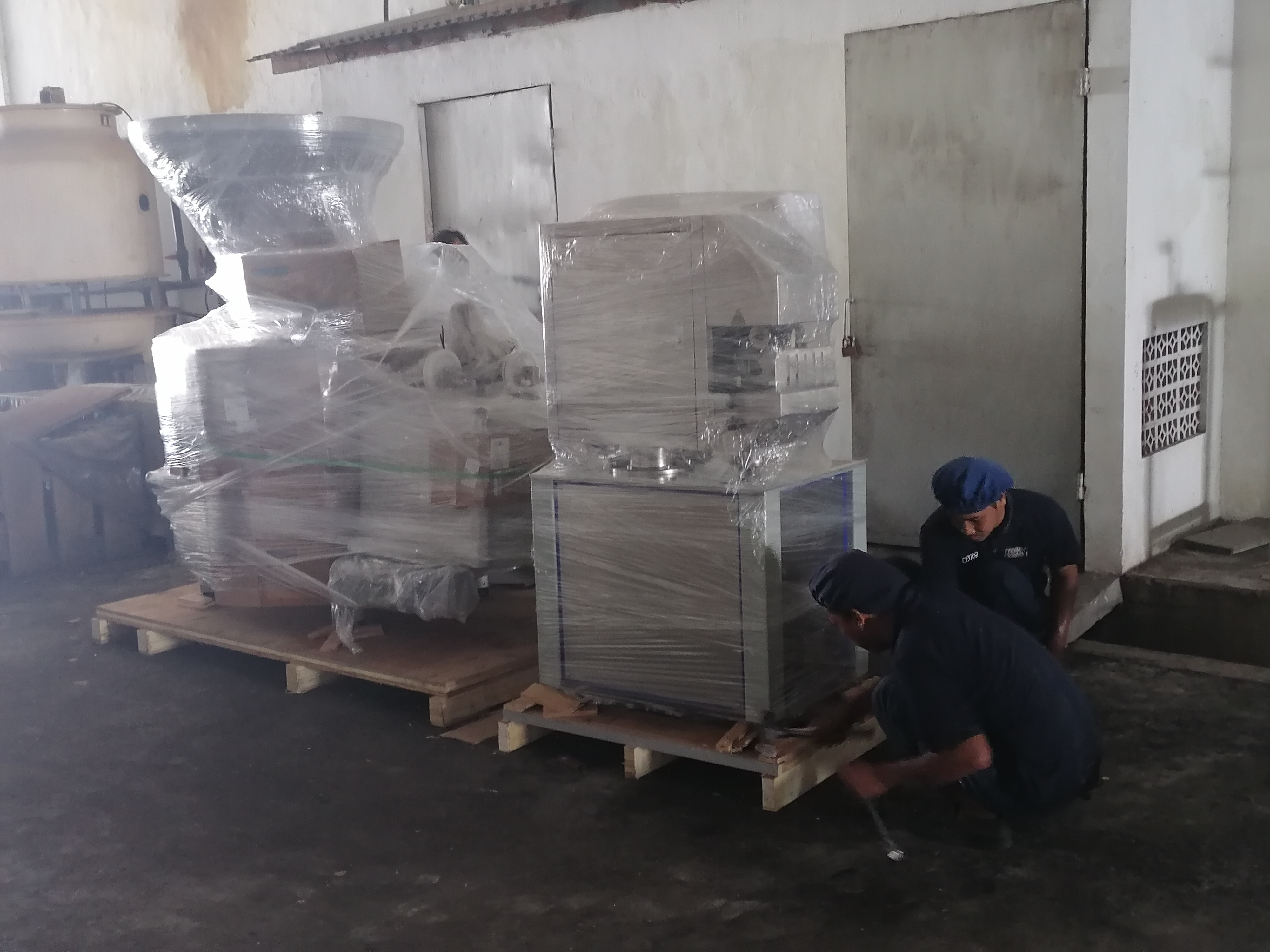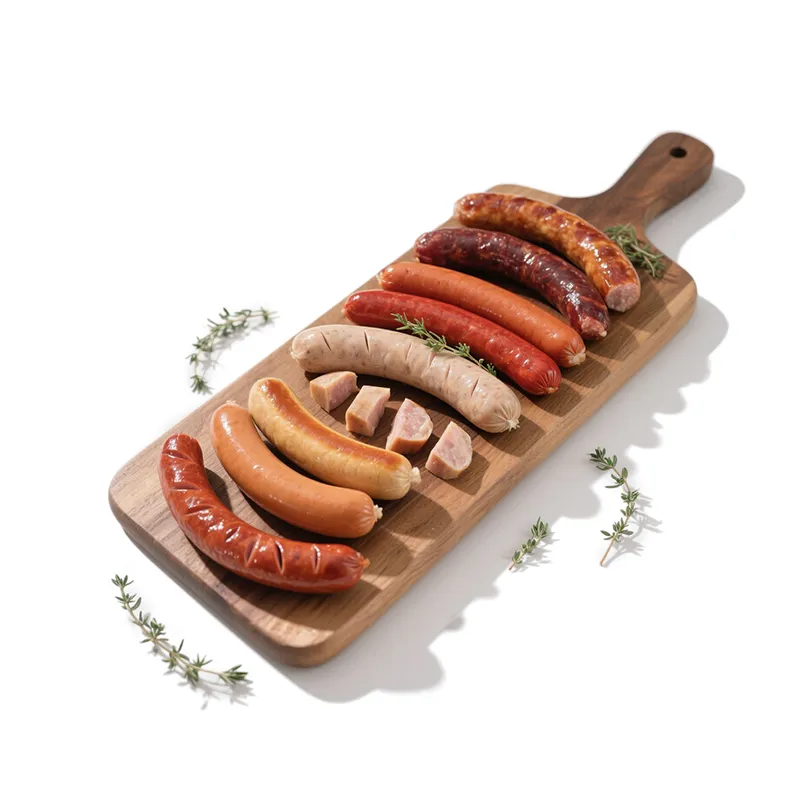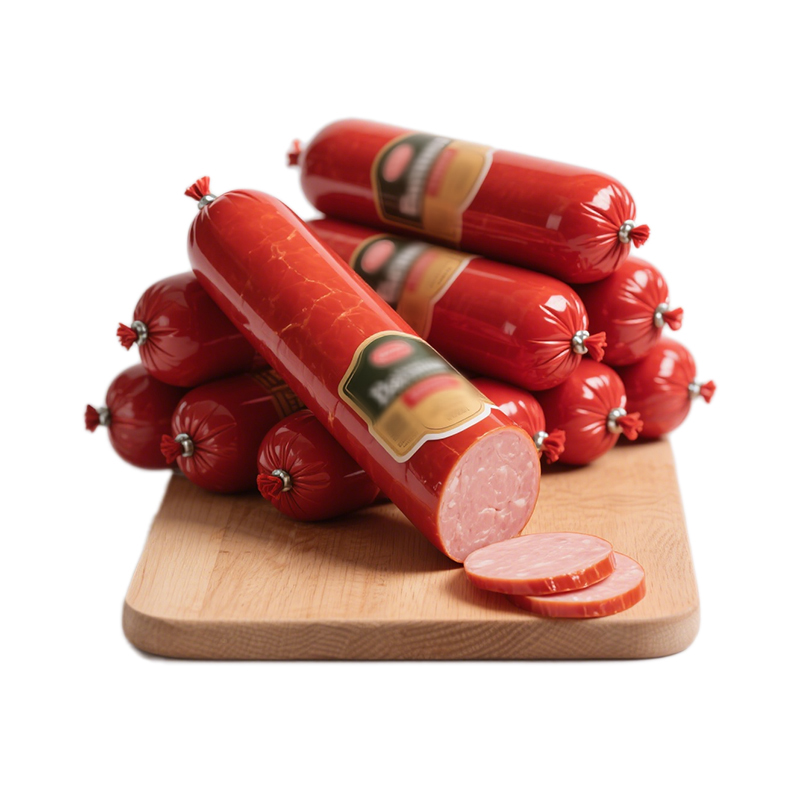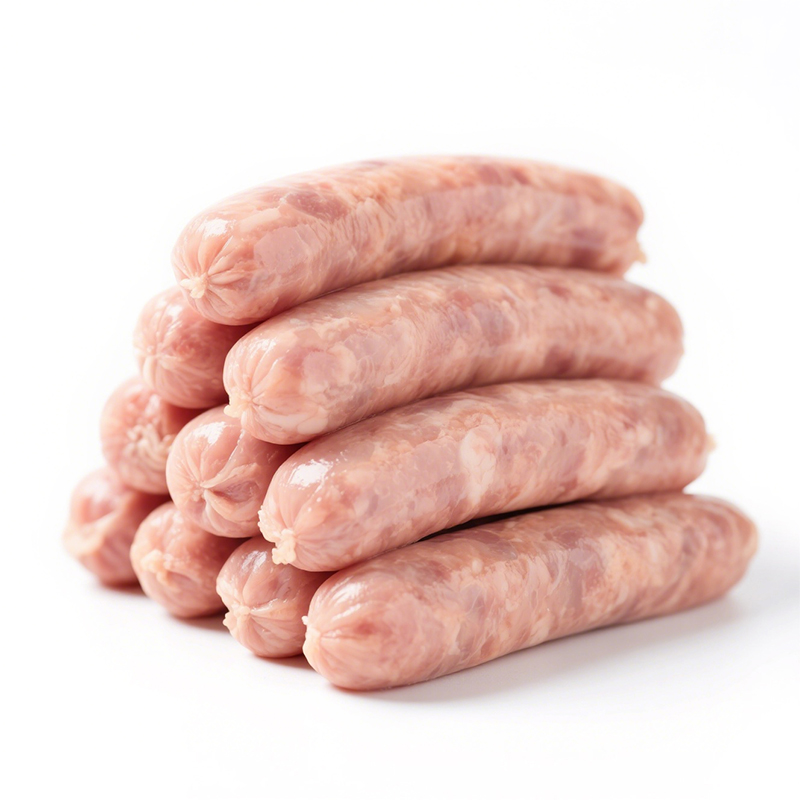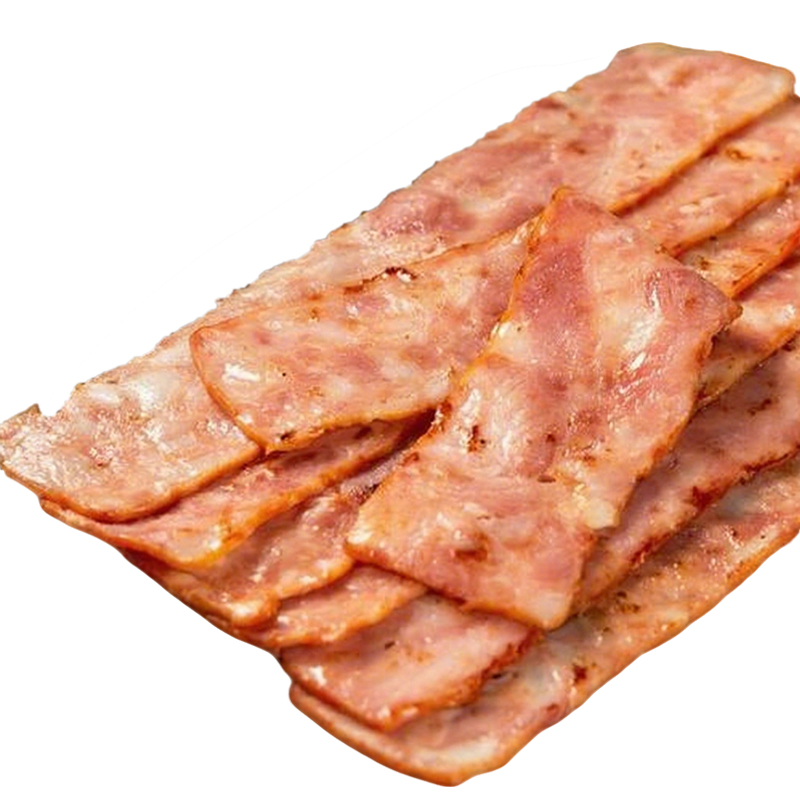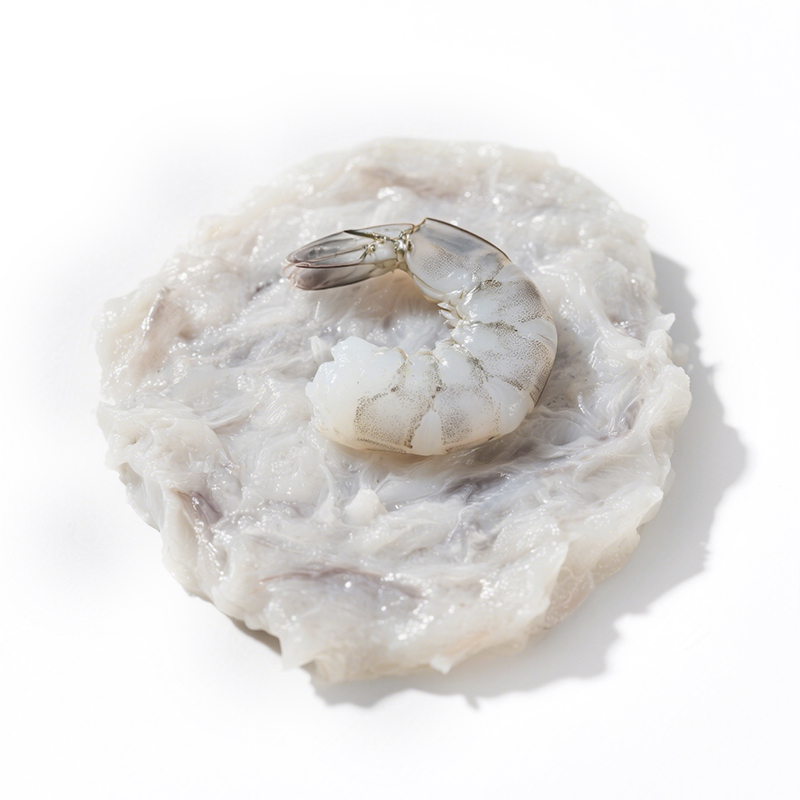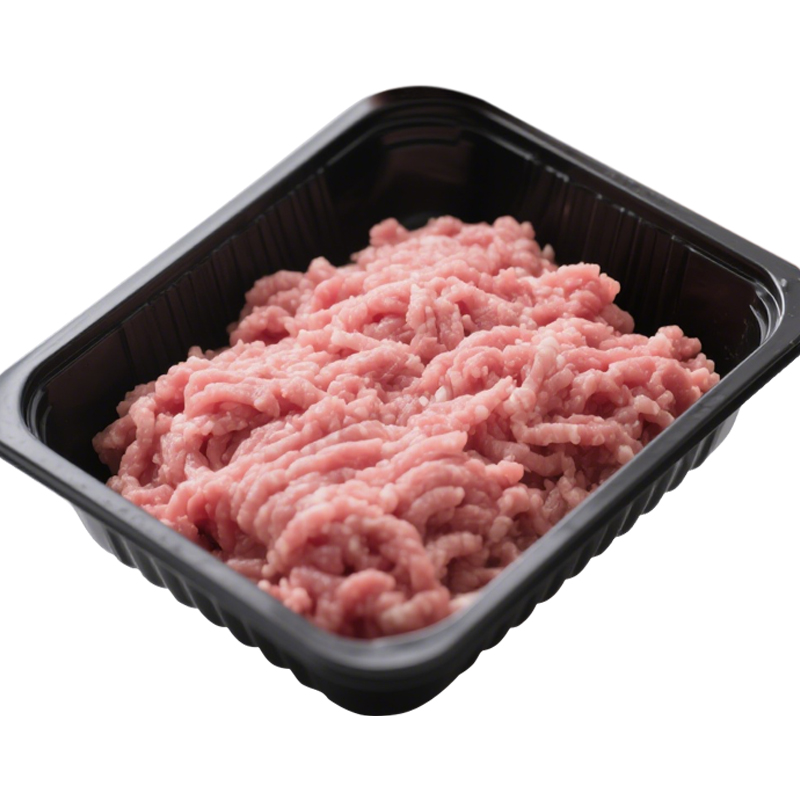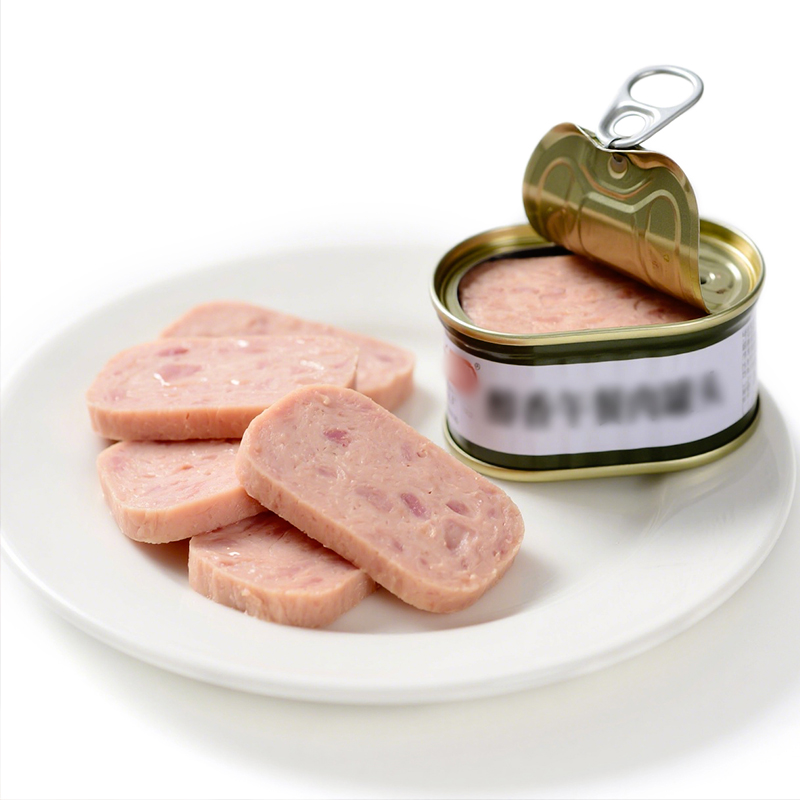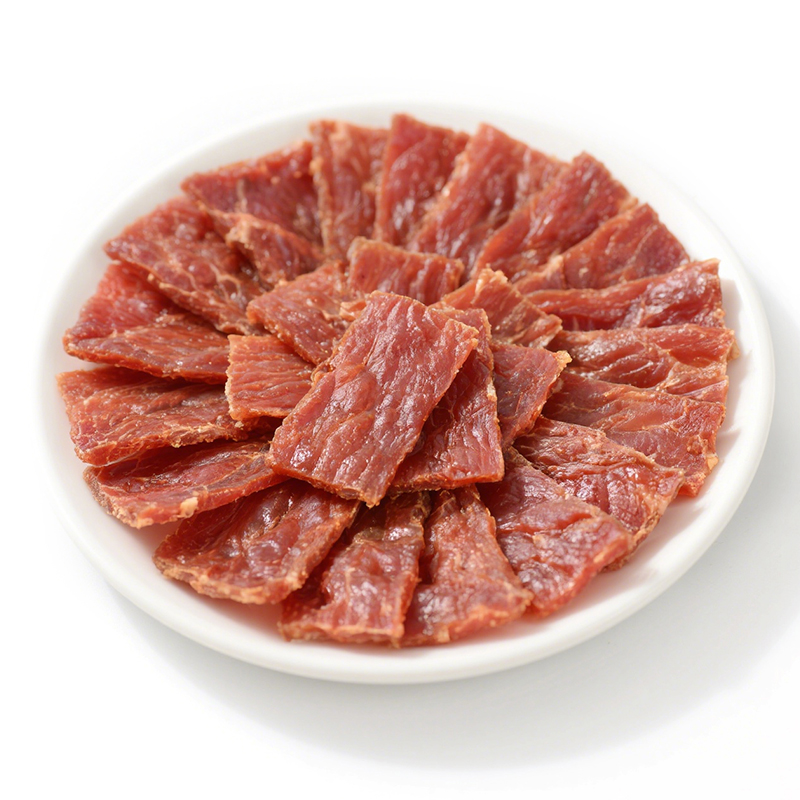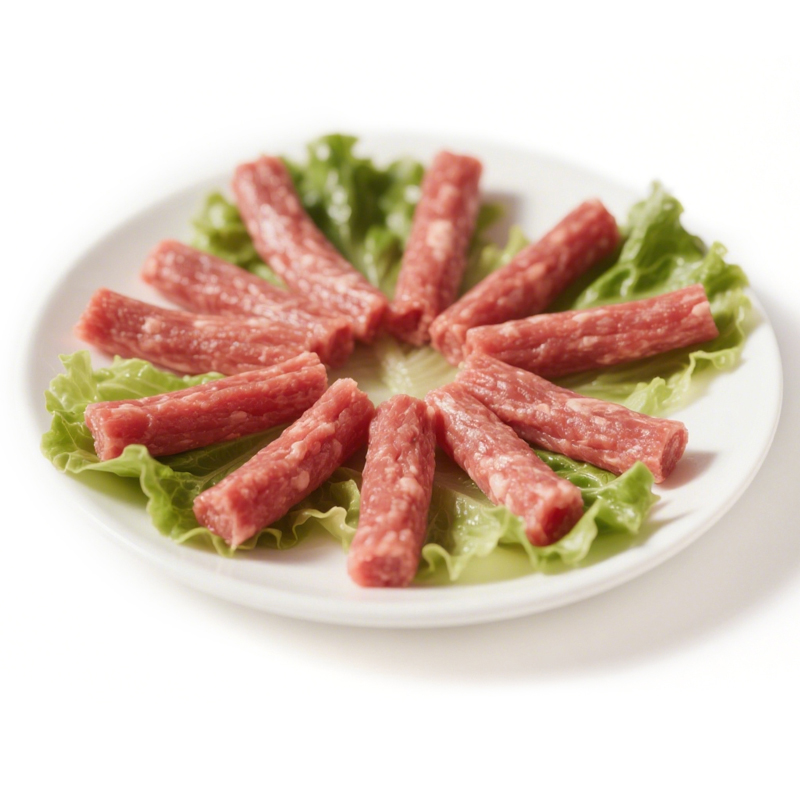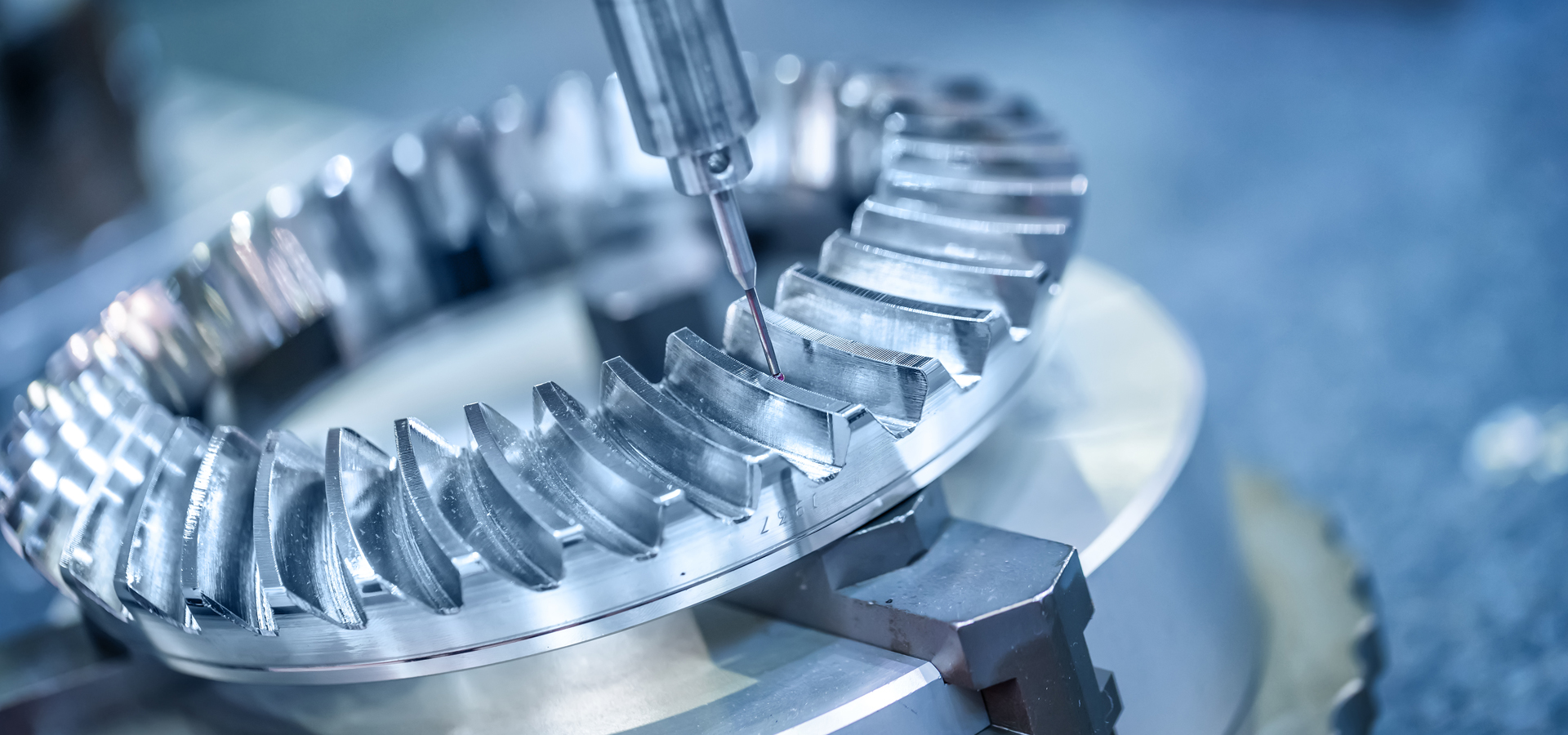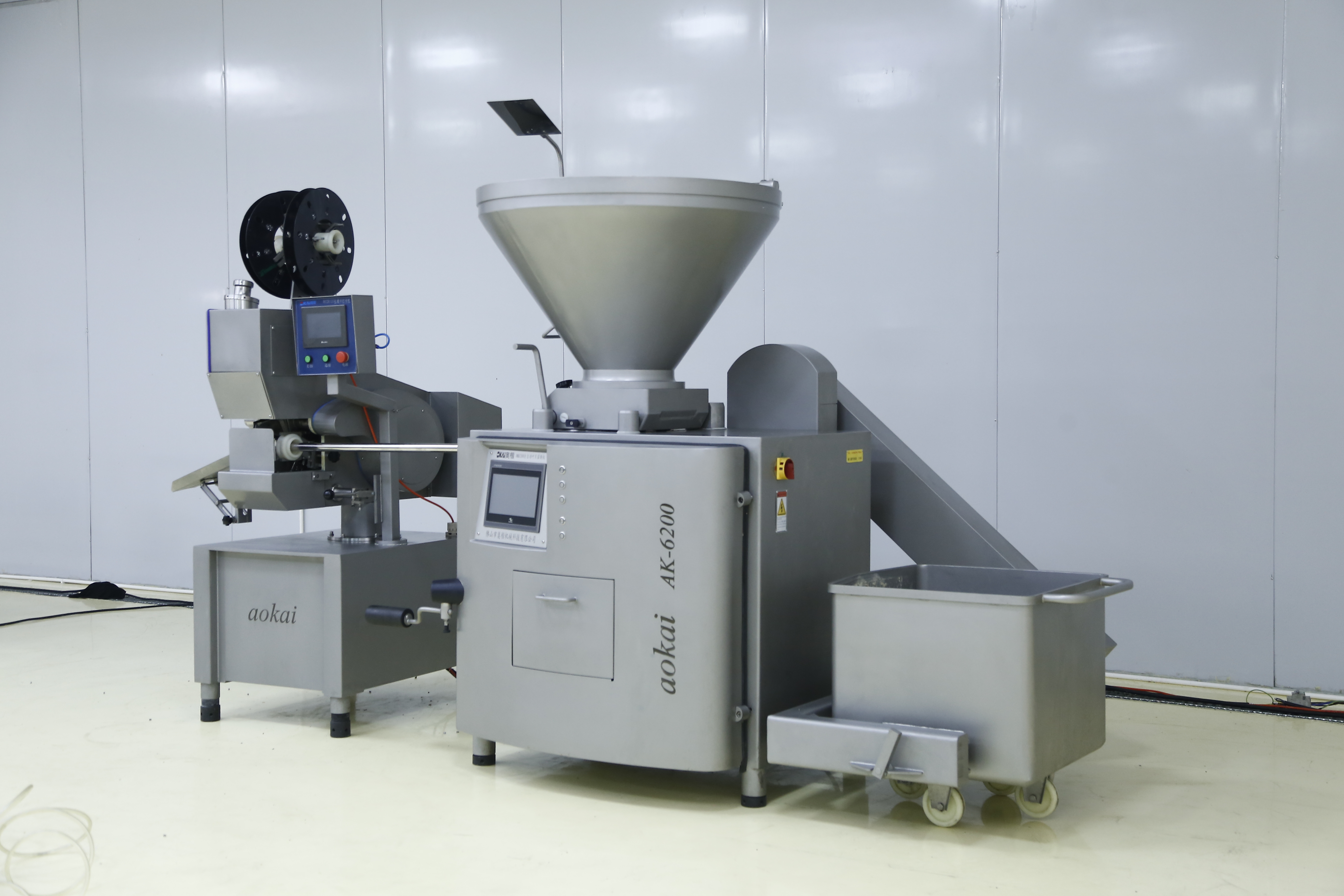Foshan Aokai Machinery Technology Co., Ltd., a leader in providing high-quality food processing equipment, recently completed the on-site installation and training for a at Vacuum Filling and Clipping Production Line a customer’s facility in Indonesia. The client, a well-established meat processing company, invested in Aokai’s state-of-the-art production line to improve their sausage production efficiency, product quality, and overall operational productivity. This article highlights the successful installation and training process that Aokai provided to ensure the equipment's optimal performance and seamless integration into the client’s operations.
The installation process began with a detailed site inspection and consultation between Aokai's engineering team and the Indonesian client. Aokai’s engineers worked closely with the client to assess their production environment and ensure that all necessary infrastructure—such as electrical connections, space allocation, and water supply—was in place to accommodate the Vacuum Filling and Clipping Production Line.
Once all preparations were made, Aokai’s experienced technicians arrived on-site in Indonesia to begin the installation. The installation of the Vacuum Filling and Clipping Production Line was carried out efficiently, with step-by-step coordination to ensure that all components of the production line were properly assembled, connected, and calibrated.
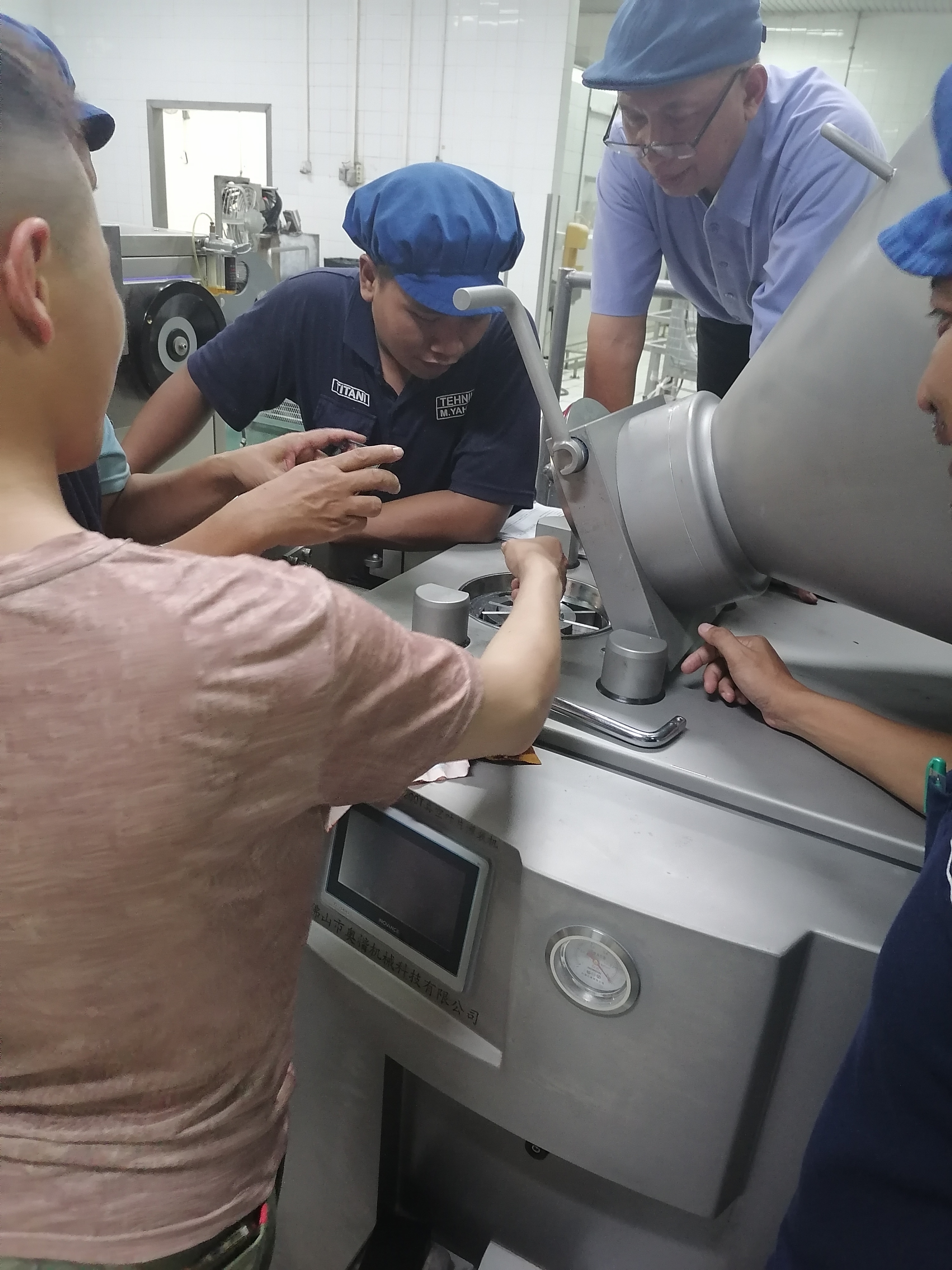
Key steps of the installation included:
Setting Up the Vacuum Filling Machine
The heart of the production line, the Vacuum Filling Machine, was installed and connected to the appropriate filling and casing equipment. This machine is designed to fill sausages with high precision, ensuring uniform portioning, minimal air pockets, and optimal texture. Aokai’s engineers ensured that all settings were configured for the client’s specific sausage types and production requirements.Installing the Clipping Machine
The Clipping Machine was installed next, designed to securely close and clip the sausages after they are filled. The installation team made sure the machine was calibrated to handle the client’s specific casing materials and sausage diameters, ensuring consistent and reliable operation.System Integration and Testing
After the installation of the filling and clipping machines, Aokai’s technicians performed a full system integration to ensure smooth communication between the equipment. The entire production line was tested to verify its functionality and performance. The engineers ran several test batches, adjusting settings as necessary to optimize the line’s performance for the client’s needs.Final Inspection and Quality Control
Before concluding the installation process, Aokai conducted a final quality check to ensure that all machines were operating according to the highest standards. This included ensuring that all safety features were working properly, and that the machines met the client’s specifications for speed, filling accuracy, and product consistency.
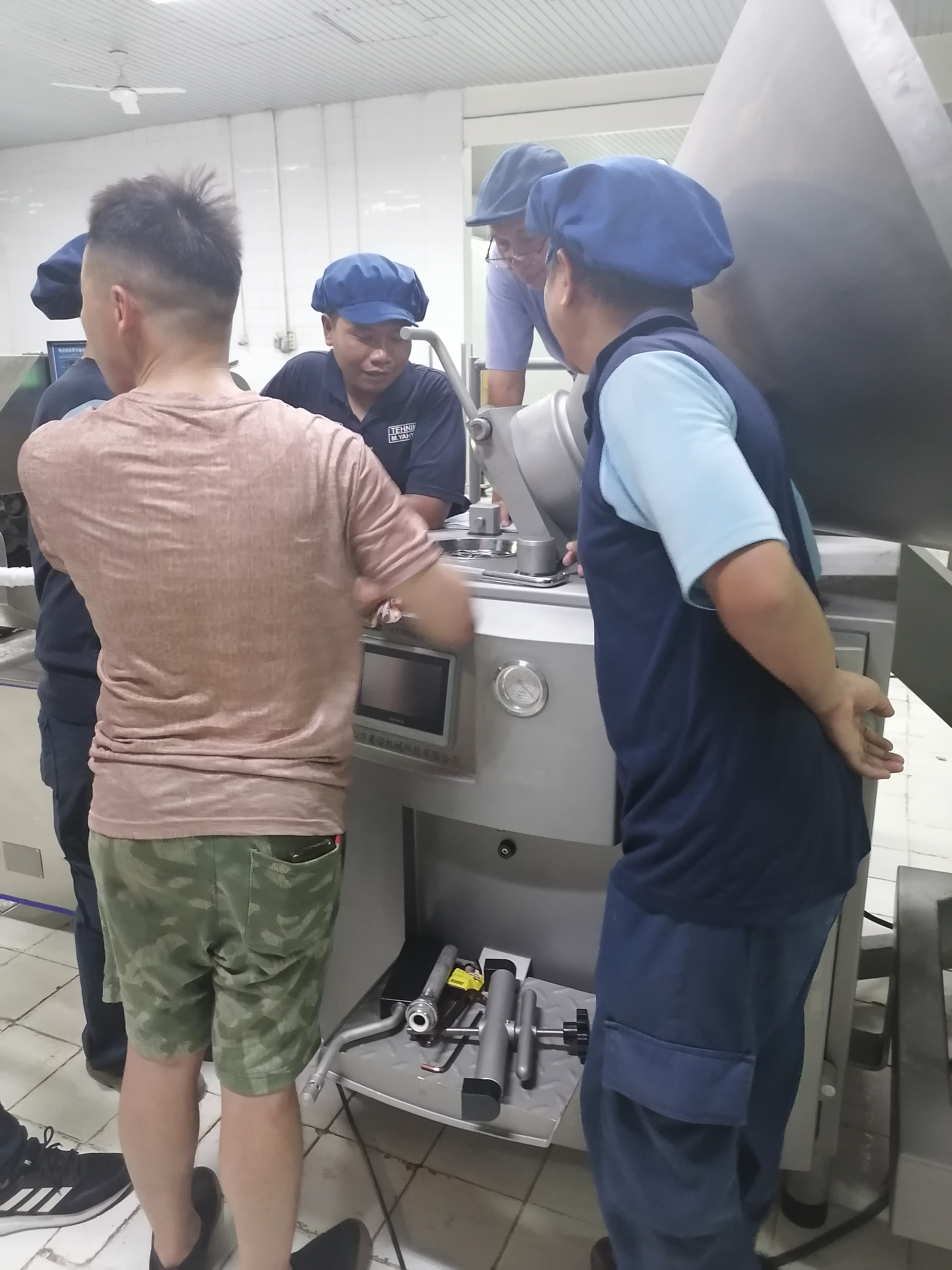
Training the Client's Team
Once the Vacuum Filling and Clipping Production Line was fully installed and tested, Aokai’s team conducted an extensive on-site training session for the Indonesian client’s operators and production staff. The training was designed to ensure that the client’s team would be fully equipped to operate, maintain, and troubleshoot the equipment independently.
The training covered the following key areas:
Machine Operation
Aokai’s engineers provided hands-on training for the client’s operators, guiding them through the basic operations of the Vacuum Filling Machine and the Clipping Machine. The team learned how to adjust settings for different sausage types, control the filling speed and portion sizes, and manage the clipping process to ensure consistent and high-quality sausage products.Production Line Adjustment
The training also included instructions on how to adjust the machines for different product requirements. This involved setting the machines for various casing sizes, sausage diameters, and filling capacities. The client’s team learned how to fine-tune the equipment to maximize efficiency and minimize downtime during production runs.Maintenance and Cleaning
Regular maintenance is essential to keep the production line operating smoothly. Aokai’s engineers demonstrated routine maintenance tasks, including cleaning the machines, replacing parts, lubricating moving components, and checking for wear and tear. The client’s operators were trained on how to properly maintain the machines to avoid issues such as clogging, product contamination, and equipment malfunction.Troubleshooting and Problem-Solving
In addition to basic operation and maintenance, the training session focused on troubleshooting common issues that may arise during production. Aokai’s team taught the client’s staff how to diagnose and resolve problems related to the filling accuracy, clipping mechanism, and machine performance. The training empowered the operators to quickly address any issues and reduce downtime, improving overall production efficiency.Safety and Compliance
Food safety and machine safety are paramount in any food production environment. Aokai’s engineers provided guidance on safety protocols, ensuring that the operators understood the key safety features of the Vacuum Filling and Clipping Production Line. This included proper handling of the machines, safety checks before operation, and ensuring compliance with industry regulations to maintain a safe working environment.
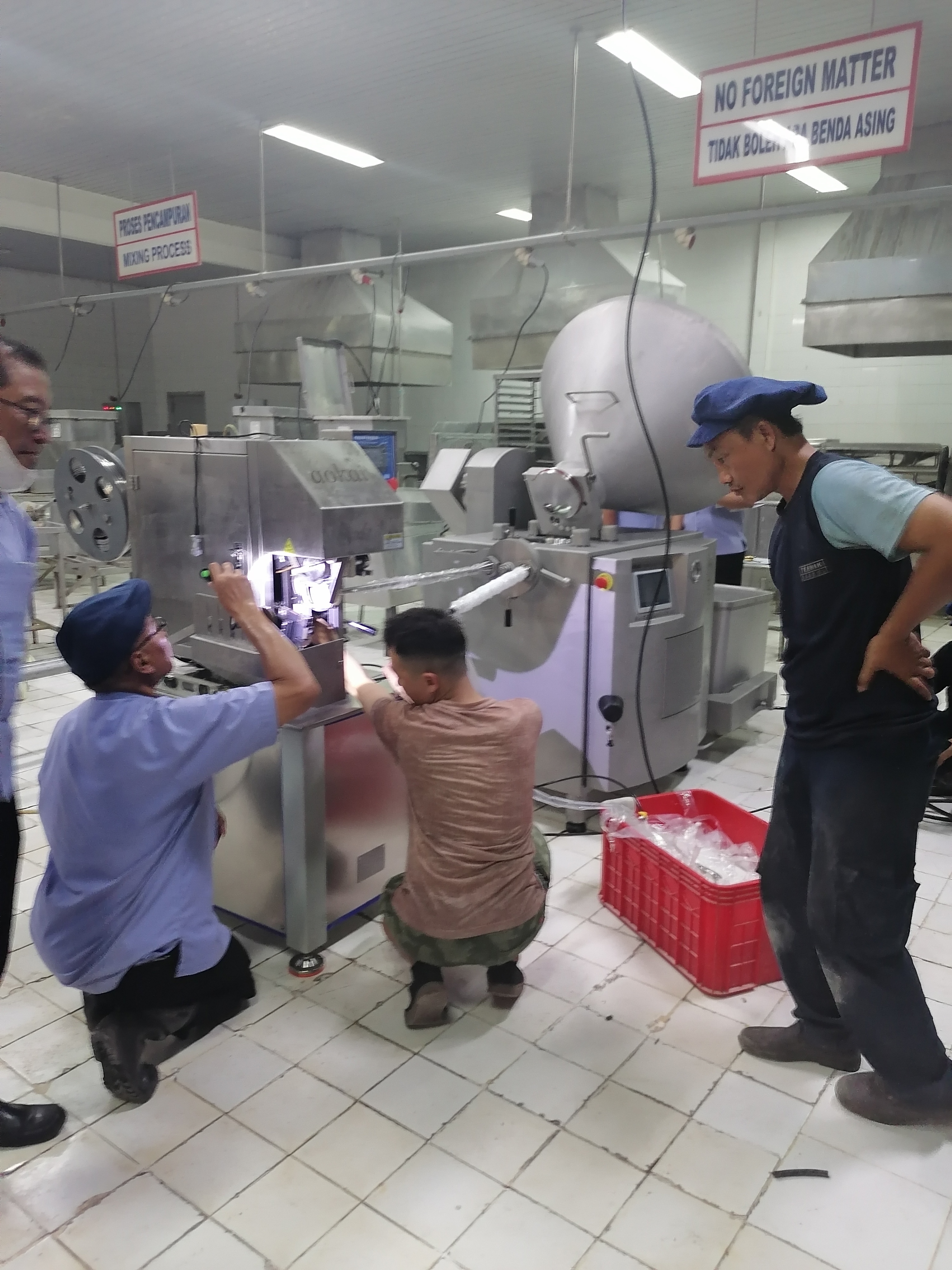
Client Feedback and Satisfaction
The installation and training were a resounding success, with the Indonesian client expressing satisfaction with both the performance of the Vacuum Filling and Clipping Production Line and the quality of the training provided. The client’s team now feels confident in operating the equipment efficiently and independently, thanks to the hands-on approach and practical training that Aokai provided.
The client was particularly impressed by the Vacuum Filling and Clipping Production Line’s ability to fill and clip sausages quickly and consistently, significantly improving their production capacity and reducing labor costs. The precision and automation of the system have allowed the client to achieve higher production volumes while maintaining the quality and consistency of their sausages.
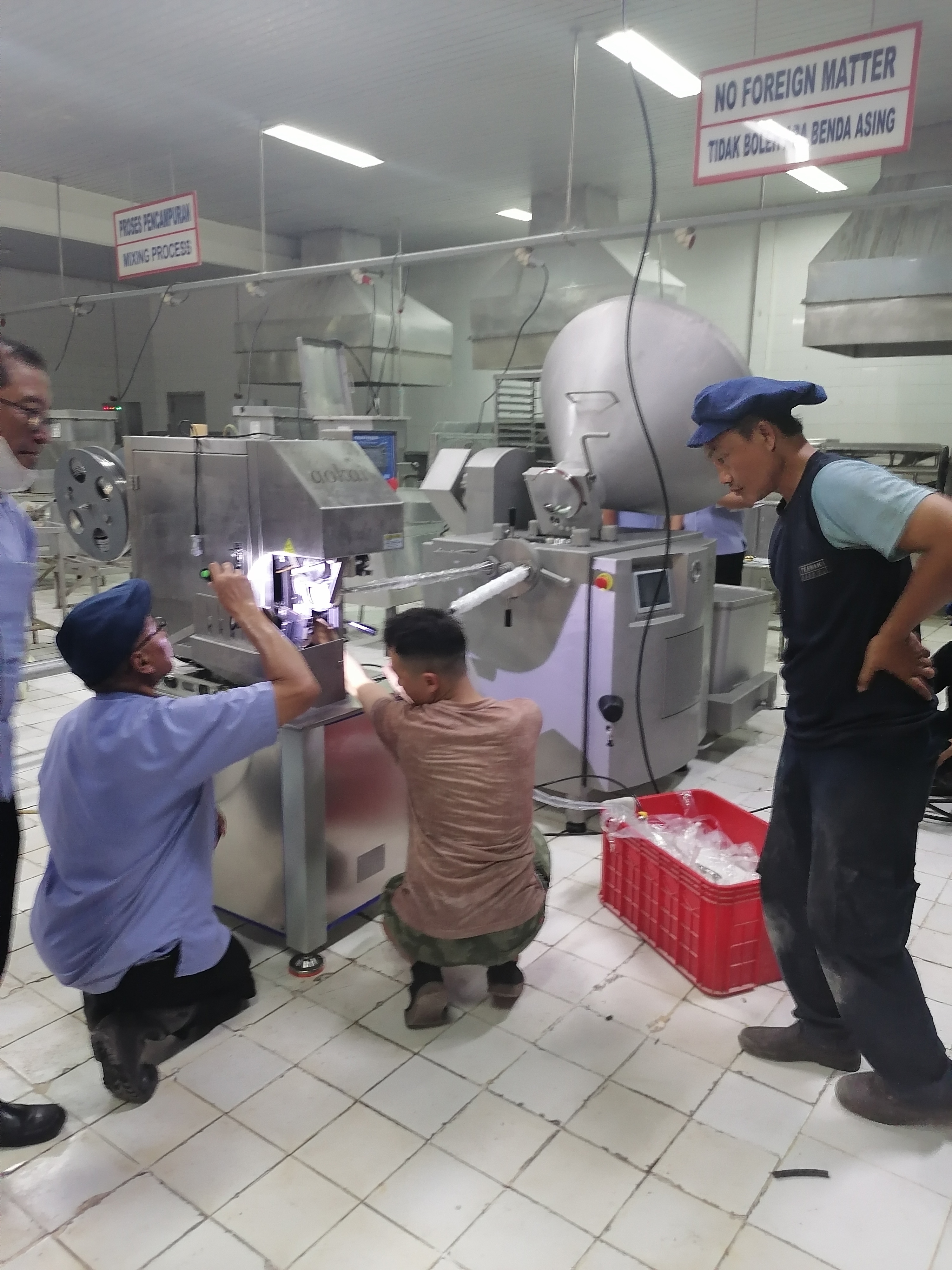
Conclusion
Aokai’s on-site installation and training for the Vacuum Filling and Clipping Production Line in Indonesia was a highly successful project, helping the client enhance their sausage production efficiency and product quality. The combination of expert installation, comprehensive training, and ongoing support has empowered the client to fully utilize the capabilities of their new equipment, enabling them to optimize their operations and achieve greater business success.
As Aokai continues to expand its presence in Southeast Asia and beyond, the successful completion of this project reinforces the company’s commitment to providing high-quality food processing machinery, outstanding customer service, and effective training solutions. Aokai remains dedicated to helping food manufacturers worldwide improve their production processes with innovative, reliable, and efficient equipment.
